7 Science & Nature Activities for Young Children who are Blind
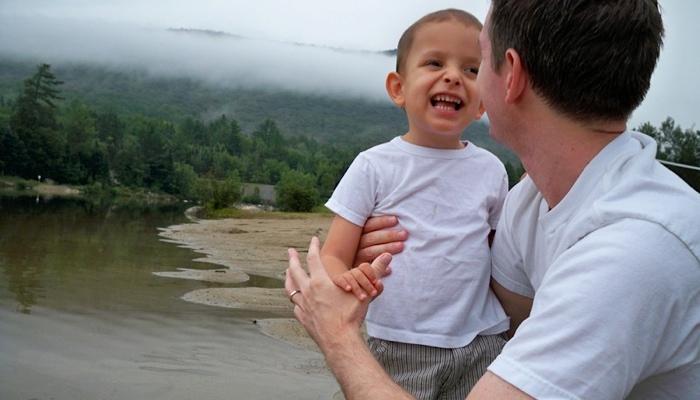
This post may contain affiliate links; please see our terms of use for details.
Years ago when I began teaching children who were blind or visually impaired, I met an incredible young teacher named Dawn Adams. Dawn was unaware of how gifted she truly was a teacher.
One afternoon she called me and said, “Well, I blew that lesson. I was running late from the high school and had to run to work with a toddler who has a visual impairment. To make matters worse, I forgot my teaching tools, so I went out into the front yard and had him feel the texture of the leaves, the rough driveway, the smooth dirt and the prickly grass.”
Quickly I informed my friend that she had actually done an incredible job! Her little story inspired me to write a book called Learning Through Nature’s Treasures. Dawn opened my eyes to how nature’s treasures are free for everyone to explore, learn and understand their world, no matter their abilities.
Why is science important for small children? It teaches why the sky is blue, the grass is green and why some people are small and some are tall. Science also creates a curious mind and that’s how brain development and processing can really begin. We know from years of brain research that when children are relaxed and having fun during instruction they will become long-lasting learners who love and understand their world.
Some Fun Science Activities in Nature
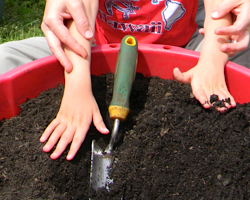 “The Dirt on Dirt:” Grab a spoon and allow your child to explore in the dirt, make old-fashioned mud pies and sort out different textures such as rocks, leaves and dirt. This is great for developing fine motor skills, distinguishing between textures and socializing.
“The Dirt on Dirt:” Grab a spoon and allow your child to explore in the dirt, make old-fashioned mud pies and sort out different textures such as rocks, leaves and dirt. This is great for developing fine motor skills, distinguishing between textures and socializing.- Sand Art: Mix Kool-Aid with sand and create a beautiful textured picture. In my book Eye Spy Colors I discuss teaching children about colors through all six senses. There’s also a simple storybook at the back of the book, “Colors Feel Like, Taste Like, Sound Like, Look Like, Smell Like.”
- “Goldie Rocks:” Collect many different sizes of rocks. Compare and contrast the size, color and shape of each rock. Read the story “Goldie Locks” to your child then ask them to role play the story using rocks. Which would be the daddy bear and which would be the baby bear?
- Listen to the Splash: Estimate distances by tossing different sized rocks into a nearby creek. Which rocks give you the biggest splash?
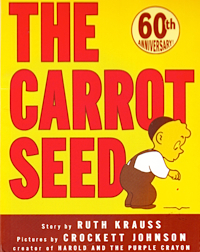 Learn About Carrots: Read the wonderful story book The Carrot Seed by Ruth Krauss. Explain that a carrot is a natural resource that farmers produce and grow for consumers. At the end of the story, eat a carrot and discuss the taste, texture and color. Does the carrot taste different if we cook it first? What if we mash it?
Learn About Carrots: Read the wonderful story book The Carrot Seed by Ruth Krauss. Explain that a carrot is a natural resource that farmers produce and grow for consumers. At the end of the story, eat a carrot and discuss the taste, texture and color. Does the carrot taste different if we cook it first? What if we mash it?- “Flower Power:” Ask your child to pick a flower and take off each pedal. Sing a rhyme and discuss rhyming words or recite the phrase, “she loves me, she loves me not.” This is great for language and motor development as well as rhyming words.
- Create a Leaf Person: Have your little one pick a leaf and paste it onto a large sheet of Manila paper and create a leaf person. Your child can use his imagination as well as learning how to build a story as he names the leaf person and creates a setting, a plot and an ending for his leaf boy or girl.
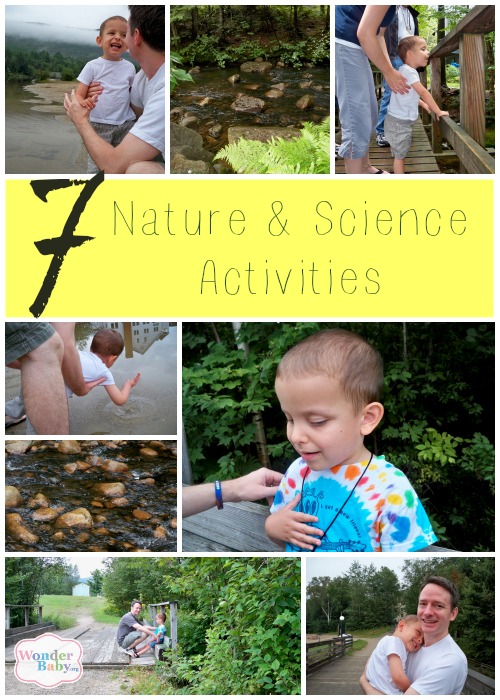
Related Posts
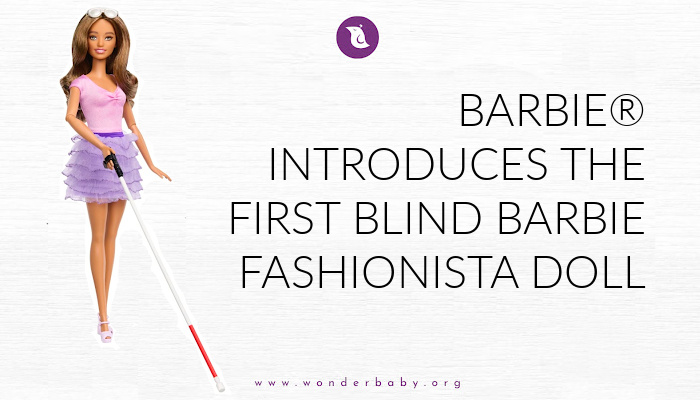
Toys, Visual Impairment
Barbie® Introduces the First Blind Barbie Fashionista Doll
Mattel, in partnership with AFB, announced the addition of a blind Barbie doll with white cane and sunglasses.
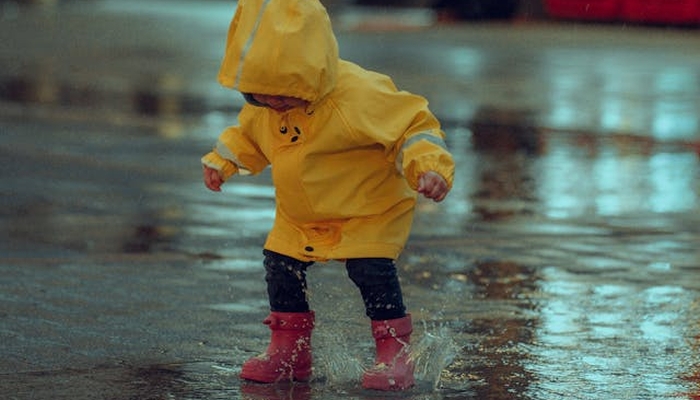
Math and Science
4 Weather Activities for Preschoolers
Whether the weather is sunny, cloudy, windy or rainy check out these educational weather activities for preschool that your children will love!
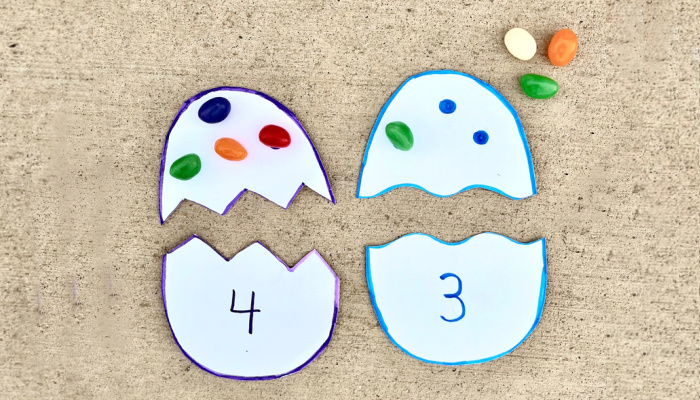
Holiday Crafts and Ideas, Math and Science
Easter Egg Number Matching Game
Counting has never been more fun than with this Easter Egg Number Matching Game. This game is easy to assemble and will surely be a hit with your little one!